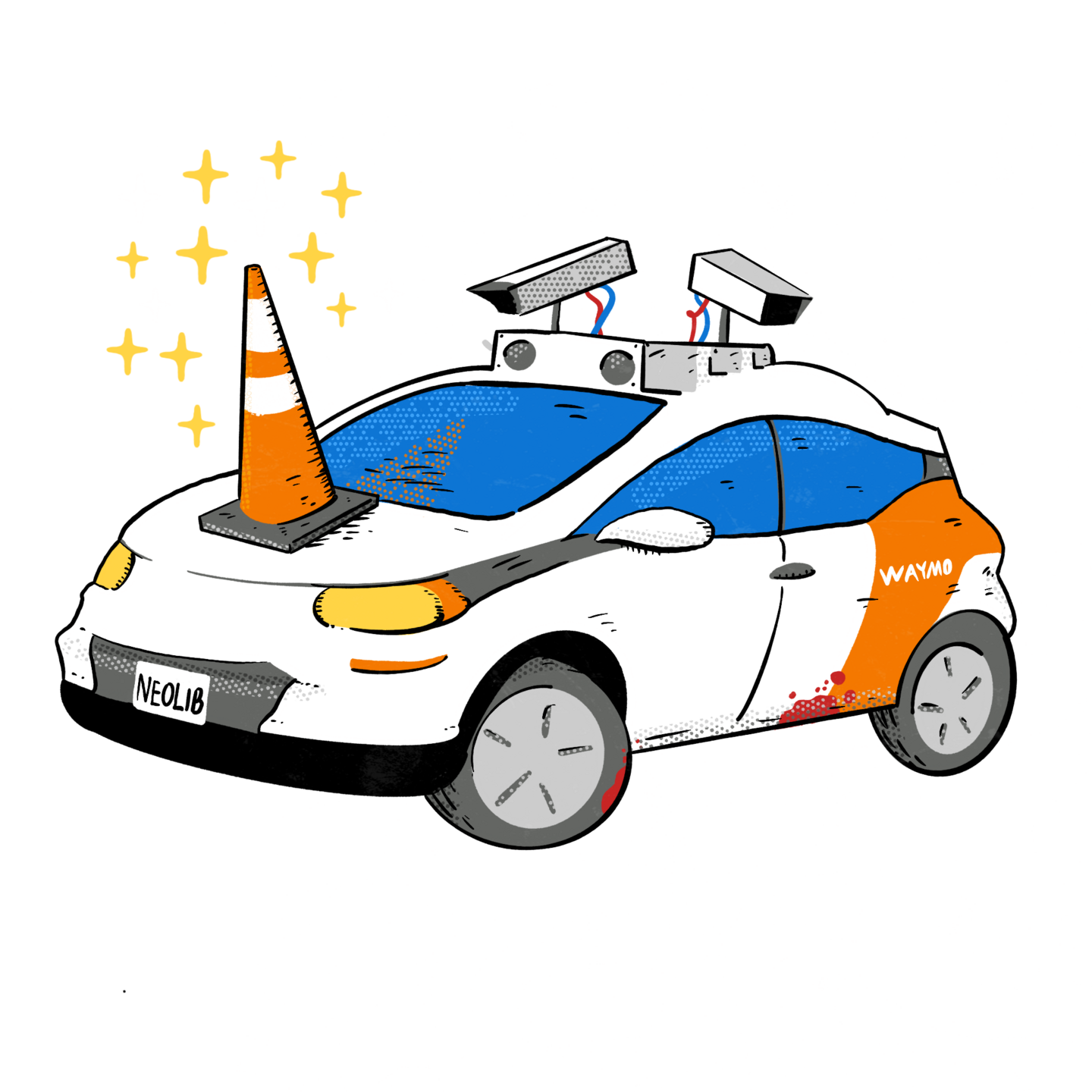
Austin American-Statesman – Tesla reports 4 Austin robotaxi crashes in September as it preps to remove safety monitors
Waymo, the industry leader, reported 9 crashes. It has nearly four times as many autonomous ride-hailing vehicles operating in the city.
Editors note: Tesla’s robotaxis have had 7 crashes since their service started and 4 in September alone. And this is with “safety drivers” as backup. It is quite clear that the Tesla “Full Self-Driving” system is no where near safe autonomous driving.
See original article by Karoline Leonard at Austin American-Statesman
Tesla’s driverless robotaxis were involved in four crashes in Austin during September, according to new data from the National Highway Traffic Safety Administration.
News of the wrecks comes as the Austin automaker is planning to remove safety monitors from its self-driving ride-hailing vehicles by the end of the year, a step CEO Elon Musk teased last month for investors.
The human monitors have been riding in the robotaxis’ front passenger seat since the service launched in June. Their role is to stop the vehicle or take control in case of trouble.
The four September crashes bring to seven the total that Tesla Inc. has reported for its service in Austin, where it operates about two dozen robotaxis.
Waymo, which operates more than 100 autonomous ride-hailing vehicles in Austin in partnership with Uber, reported nine crashes in September. But the narratives it included show most were not the fault of the company’s self-driving system.
Tesla, by contrast, redacted the narratives from its reports. That information would describe how the crash occurred and allow officials to assign fault.
Here’s what it reported:
- At 8:42 p.m. Sept. 4, a Tesla robotaxi was in a crash with another passenger car.
- At 3:43 p.m. Sept. 6, a robotaxi collided with a cyclist.
- At 1:25 a.m. Sept. 7, a robotaxi collided with an unspecified fixed object while making a left turn.
- At 1:08 p.m. the same day, a robotaxi hit an animal.
Tesla’s three previous crashes occurred in July and involved collisions with two SUVs and an unspecified fixed object, with the latter crash resulting in a minor injury that did not require hospitalization.
The company’s autonomous vehicle technology has already grabbed the attention of federal safety regulators who have opened probes into both its robotaxi operations and the Full Self-Driving systems that are available in Tesla vehicles sold nationwide.
For years, Musk has said autonomy is key to the future of Tesla. But he’s told investors he wants to remain “overly cautious” with the rollout of its robotaxis, which is one reason they’ve had safety moderators up to now in the markets where they’re being used.
Tesla’s robotaxis have logged more than 250,000 miles across Texas as of late October, most of them by human-monitored vehicles operating in Austin. Waymo had driven nearly 3.25 million fully autonomous miles in Texas as of June — most of them in Austin.

Tesla has begun expanding its ride-hailing service to other parts of the country, with limited operations in the San Francisco Bay Area and pending approvals in Nevada and Florida. This week, the company received approval in Arizona for a permit allowing ride-hailing operations similar to Uber or Lyft, though additional permitting will be required before it can offer fully autonomous service.
CEO Elon Musk has said he wants more than half of the U.S. population to have access to Tesla’s robotaxi service by the end of the year.
Waymo, widely regarded as the industry leader, also uses safety moderators before launching in new markets. On Tuesday, the company said it had pulled those moderators from its cars in Miami ahead of a 2026 launch and was expanding testing in Texas. In San Antonio, Waymo is operating about 20 vehicles from a temporary facility, where it’s conducting supervised drives and preparing to open rides to the public over time. The company is also testing in Dallas and Houston and expects to begin fully driverless service in those cities next year.
Tesla has been testing its robotaxis in San Antonio as well but hasn’t launched fully autonomous rides anywhere yet.
See original article by Karoline Leonard at Austin American-Statesman
